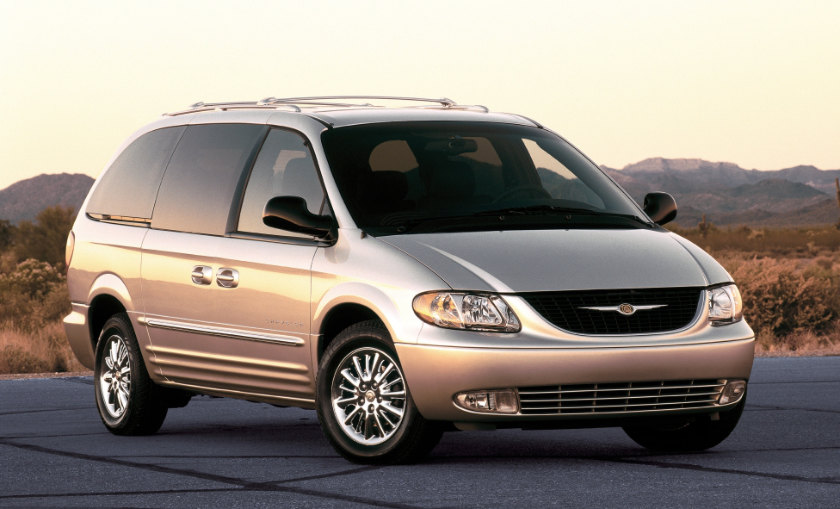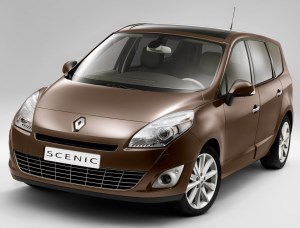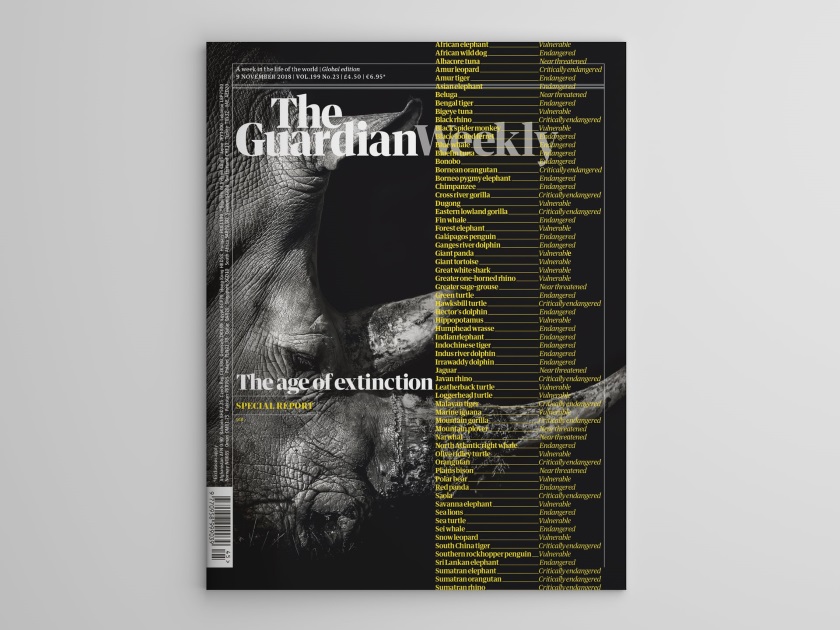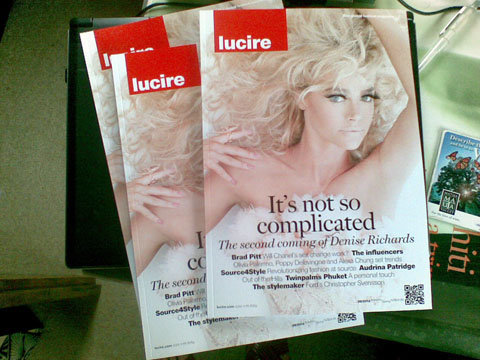
Above: Autocade can be hard work—and sometimes you have to put up less exciting vehicles, like the 2001–7 Chrysler Town & Country, for it to be a useful resource.
March 8, 2018 marks 10 years of Autocade.
I’ve told the story before on this blog and elsewhere, about how the site came to be—annoyed by the inaccuracies and fictions of Wikipedia (who said the masses would be smart enough to get rid of the mistakes?), I took a leaf out of the late Michael Sedgwick’s book and created a wiki that had brief summaries of each model, the same way Sedgwick had structured his guides. I received an emailed threat from a well known British publisher (I’m looking at you, Haymarket, and as predicted in my reply, your thoughts proved to be totally baseless) when we started, and 12½ million page views later, we’re on 3,628 models (I think we finished the first day on 12), with our page on the Ford Fiesta Mk VII leading the count (other than the home page).
Autocade began as a wiki but with so many bots trying to sign up, I closed off those registrations. There have really been about six contributors to the site, all told: myself and Keith Adams for the entries, Peter Jobes and Nigel Dunn for the tech, and two members of the public who offered copy; one fed it in directly back in the day when we were still allowing wiki modifications. I thank everyone for their contributions.
A few years ago, I began running into people online who used Autocade but didn’t know I was behind it; it was very pleasing to see that it had become helpful to others. It also pleased me tremendously to see it referenced in Wikipedia, not always 100 per cent correctly, but as Autocade is the more accurate site on cars, this is the right way round.
When a New Zealand magazine reviewed us, the editor noted that there were omissions, including his own car, a Mitsubishi Galant. Back then we were probably on 1,000 models, maybe fewer. All the Galants are now up, but Autocade remains a work in progress. The pace of adding pages has declined as life gets busier—each one takes, on average, 20 minutes to research and write. You wouldn’t think so from the brevity, but I want it to be accurate. I’m not perfect, which is why the pages get changed and updated: the stats say we’re running on 3·1 edits per page.
But it looks like we’re covering enough for Autocade to be a reasonably useful resource for the internet public, especially some of the more obscure side notes in motoring history. China has proved a challenge because of the need to translate a lot of texts, and don’t think that my ethnicity is a great help. The US, believe it or not, has been difficult, because of the need to calculate cubic capacities accurately in metric (I opted to get it right to the cubic centimetre, not litres). However, it is an exciting time to be charting the course of automotive history, and because there are still so many gaps from the past that need to be filled, I have the chance to compare old and new and see how things have moved on even in my four-and-a-half decades on Earth.
Since Sedgwick had done guides up to 1970, and paper references have been excellent taking us through the modern motor car’s history, I arbitrarily decided that Autocade would focus on 1970 and on. There are some exceptions, especially when model lines go back before 1970 and it would be a disservice to omit the earlier marks. But I wanted it to coincide roughly with my lifetime, so I could at least provide some commentary about how the vehicle was perceived at the time of launch. And the ’70s were a fascinating time to be watching the motor industry: those nations that were confident through most of the 20th century with the largest players (the US and UK) found themselves struggling, wondering how the Japanese, making scooters and motorcycles just decades before, were beating them with better quality and reliability. That decade’s Japanese cars are fascinating to study, and in Japan itself there is plenty of nostalgia for them now; you can see their evolution into more internationally styled product, rather than pastiches of others’, come the 1980s and on. The rise of Korea, Spain, China, India, Turkey, México and other countries as car-exporting nations has also been fascinating to watch. When Autocade started, Australia still had a domestic mass-produced car industry, Chrysler was still owned by Americans, and GM still had a portfolio of brands that included Pontiac and Saturn.
I even used to go to one of the image galleries and, as many cars are listed by year, let the mouse scroll down the page. You can see periods grouped by certain colours, a sign of how cars both follow and establish fashion. There are stylistic trends: the garishness of smog-era US cars and the more logical efficiency of European ones at the same time; smoother designs of the 1980s and 1990s; a creeping fussiness and a concentration on showing the brand’s identity in the 2000s and 2010s. As some of the most noticeable consumer goods on the planet, cars make up a big part of the marketing profession.
The site is large enough that I wouldn’t mind seeing an academic look at industry using the data gathered there; and I always thought it could be a useful book as well, bearing in mind that the images would need to be replaced with much higher-resolution fare.
For now, I’m going to keep on plodding as we commence Autocade’s second decade. The Salon de Genève has brought forth some exciting débutantes, but then I should get more of the Chrysler Town & Country vans up …







